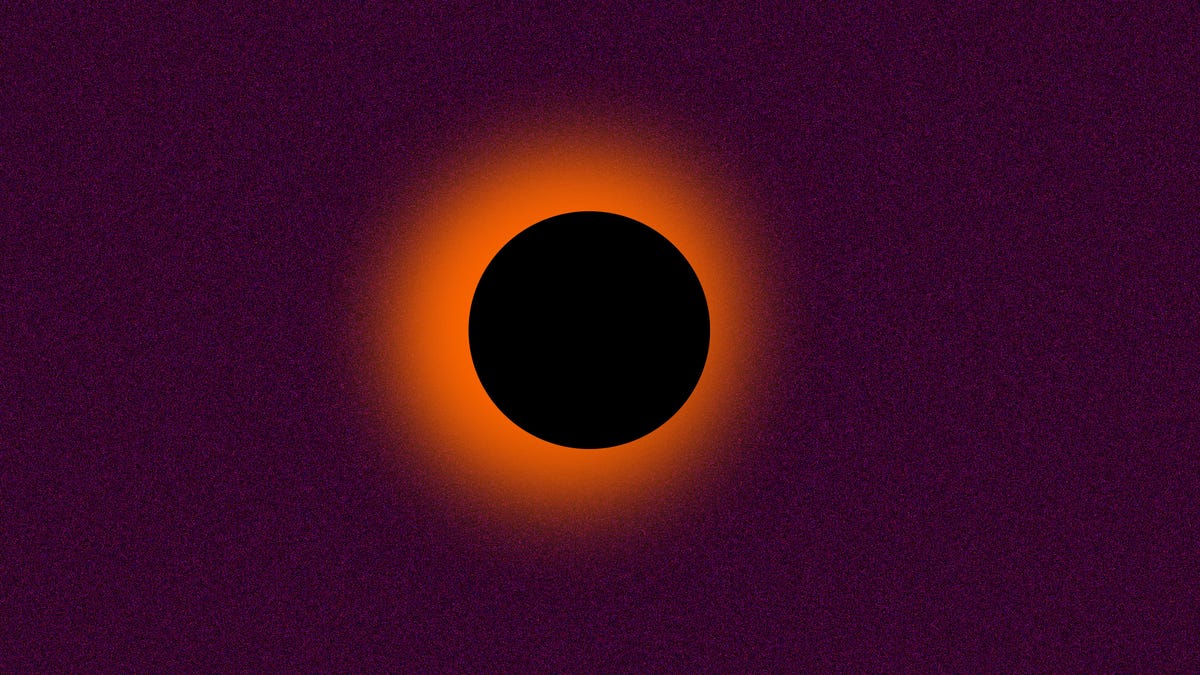Astronomers may have discovered a new class of tiny black holes
A mysterious object, hidden behind a distant star, could be the lowest-mass black hole ever found.

Have astronomers found a new class of tiny black hole?
Black holes are the cosmic champions of hide-and-seek. In 1916, Einstein predicted they existed, but it took over 100 years before a telescope as wide as the world snapped the first picture of a black hole. They're elusive beasts, avoiding detection because they swallow up light. Even so, astronomers can see the tell-tale signs of black holes in the universe by studying different forms of radiation, like X-rays. So far, that's worked -- and a huge number of black holes have been discovered by looking for these signs.
Now an entirely new detection method, pioneered by researchers at Ohio State University, suggests there may be a whole population of black holes we've been missing.
The findings, published in the journal Science on Friday, detail the discovery of a black hole orbiting the giant star 2MASS J05215658+4359220 (J05215658, for short) using data from Earth-based telescopes and Gaia satellite observations. The team shows that J05215658 is being orbited by a massive unseen companion -- and they suspect it might be an entirely new class of black holes.
"We're showing this hint that there is another population out there that we have yet to really probe in the search for black holes," said Todd Thompson, an astronomer at Ohio State and lead author on the study, in a statement.
Generally, a binary system like this -- where a black hole orbits a star -- is easy to detect, because the black hole's enormous gravity pulls material from the star in, lighting up the black hole with radiation. Astronomers can detect that from Earth. But if the black hole is too small, it might not be interacting with the star in this way and remains invisible. That's the case with J05215658.
The team suggested that the new black hole is likely 3.3 times more massive than the sun, which would make it the lowest-mass black hole yet discovered. However, there's potential the black hole could be up to six times as massive as the sun because there's a little bit of wiggle room built into the calculations. That would bring it in line with previous black hole discoveries.
Another possibility is that the mysterious object might be a very large neutron star. When stars die, they have two options for the cosmic afterlife, based on their mass: Big stars collapse into a black hole and little stars become a dead, neutron star. Neutron stars are small and incredibly dense and are believed to reach around 2.5 times as massive as the sun before collapsing into a black hole themselves.
To solve the mystery, astronomers will need to discover similar-sized objects lurking in the cosmos and identify what exactly they are. As astronomers get better at cosmic hide-and-seek, finding more black holes of differing sizes, the mysteries of black hole formation and evolution will begin to be unraveled.

